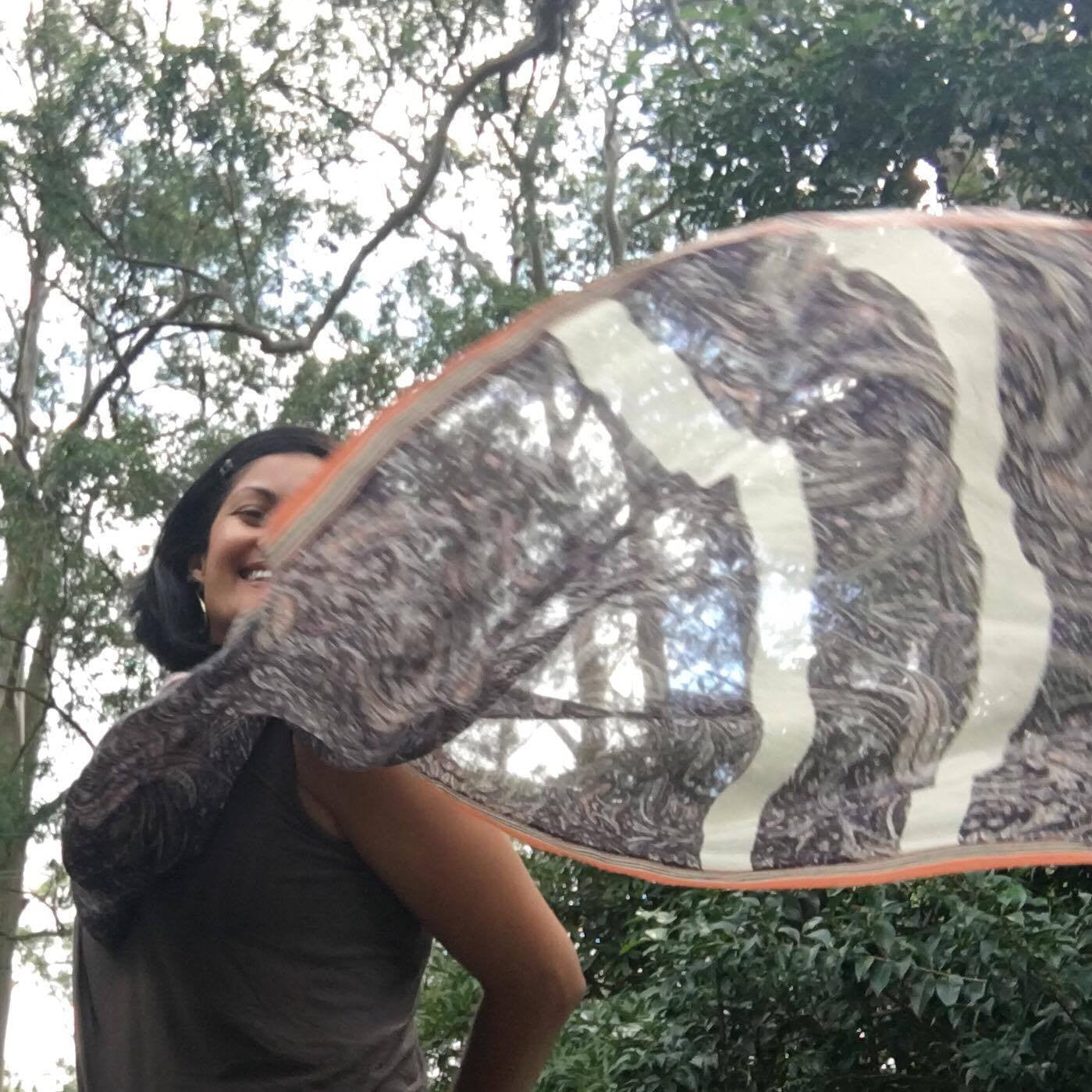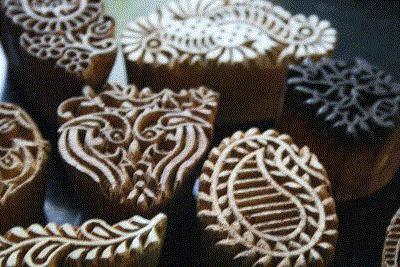
Wool or Cashmere
- Jul 06, 2017
- 0
Wool and Cashmere wool are fibers that can be blended together or combined with other materials to make garments and accessories. Cashmere and wool are soft, regulate body temperature and repel moisture — making these blends ideal choices for sweaters, hats, gloves and even socks. To maintain their positive features, wool and cashmere blends require cleaning and storage care.
- What is Wool
Wool is a diverse natural fiber that is collected, sheared or clipped from sheep and other animals, such as goats, alpacas, rabbits and camels. Wool is an ideal textile fiber because of its water-resistant and insulating features. Wool can absorb approximately 30 percent of its weight in water vapor and repel moisture, unlike other fibers. Wool is very breathable while retaining body heat, making it ideal for clothing worn during winter sports, such as snowboarding and skiing.
- What is Cashmere?
Cashmere is a luxury wool fiber that is taken from the fine undercoat of the Cashmere goat breed. Fibers are retrieved by combing or shearing during the spring season, when goats are molting. The collected fibers are washed to remove dirt and other debris. After the cleaning process, only the finest hairs are gathered by hand. The cashmere fibers are spun into thread, dyed any number of colors
Types of Blends
Cashmere is an elegant and comfortable material, but the fineness of its fibers as well as its color and length can dictate quality and softness. Although a garment may claim to be “100 percent cashmere,” manufacturers may blend wool fibers of poorer quality. High-quality pure cashmere blends tend to be made of long, thin fibers.
In addition to wool, cashmere is blended with silk material, which gives garments a soft luster. Cashmere can also be blended with cotton as an inexpensive material option.
Cashmere and wool can also be blended with manmade fibers. When wool is blended with acrylic (a synthetic fiber), the textile material can assume the positive characteristics of both fibers. For example, clothing of this blend can be extra warm and water resistant, yet lightweight and less likely to shrink.
- Care
Wool and cashmere blends are made of natural fibers, and more attention is required when treating, cleaning and storing these kinds of garments. When clothing is soiled, wool should be prepped before cleaning. Detach the entangled strands of fabric balls (known as pills) from the garment with a special sweater stone. Then turn garments inside out before washing to lengthen the lifespan of dyes.
Fine wool and cashmere should be hand-washed in warm or cold water with a gentle soap. For smaller clothing accessories such as hats and scarves, wool can be machine washed, but only on a gentle cycle with a mild soap.
Cashmere and wool should be not be machine dried, or shrinkage is likely to occur. Instead, press garments with clean towels to remove excess water and dry flat. This ensures that the garment maintains its shape.
Once completely air-dried, knitwear should be folded. If these special garments need to be hung, they can go on padded hangers. Cashmere tends to not wrinkle, though slight creases can be removed by steaming rather than pressing.




